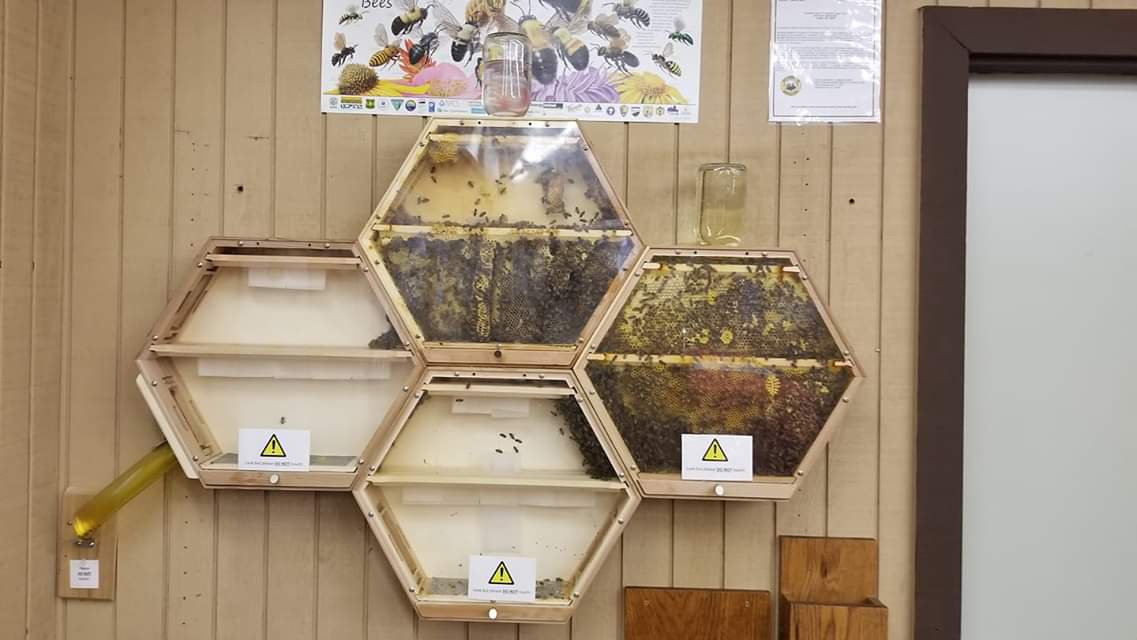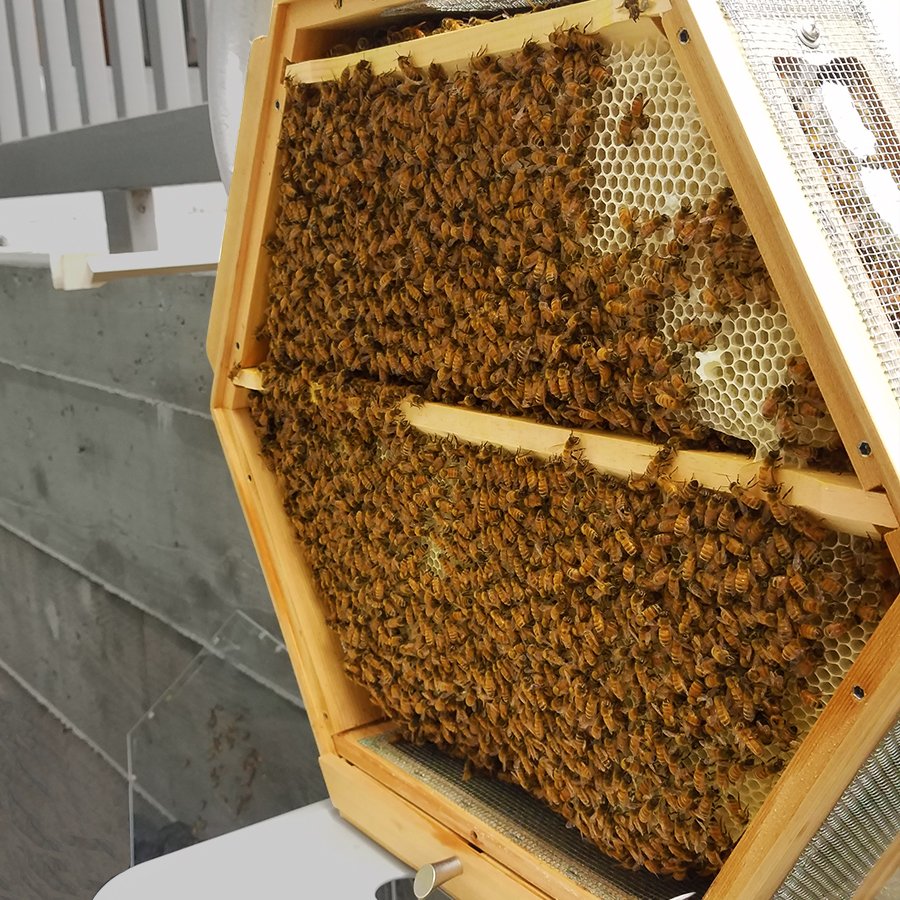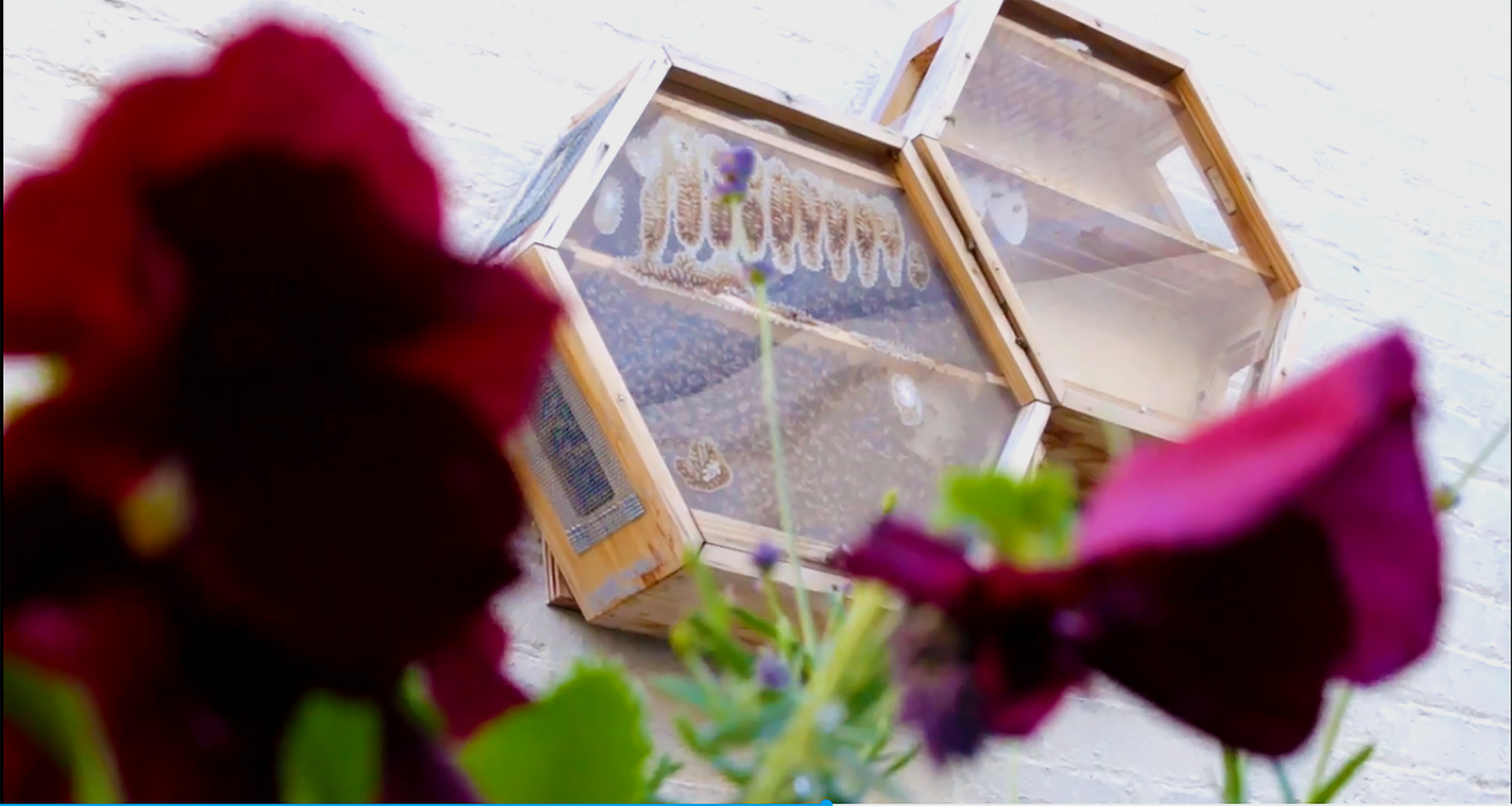What is Urban Greenhouse Initiative?
The Urban Greenhouse Initiative was started by GreenTowers in 2012 with the mission to democratize food in urban areas and food deserts by growing food vertically in small footprint areas.
Role + Responsibilities /
Research / UX / Product Design
Project Year + Duration
3 years / 2013 - 2016
Team
1 Product Designer, 1 Business Head, 1 R&D Head, Manufacturing Partner, 2 interns
I led physical and digital product design and development for our company, GreenTowers.
Learn + Understand
Problem /
Urban land is expensive, valuable, and not ideal for agriculture. As the world's population grows and becomes increasingly urbanized, it is crucial that quality, healthy, affordable food become more readily available. The industrialized agricultural system has bestowed consumers with many benefits, but it is accompanied by a broadening sense of disconnect between the average person and the food that he or she consumes.
Solution /
A small footprint vertical greenhouse that grows more food the higher it's scaled. Urban agriculture offers the unique possibility for average food consumers to become reacquainted with the intimacy that most have lost with their food --- primarily how and where it is grown, handled, processed, packaged, and shipped through, all before it reaches their tables.
The design strategy will be piloted and implemented throughout San Francisco intended for public and private use by residents and community members. San Francisco is a highly unique and progressive city in terms of urban agriculture, cultural individuality, entrepreneurship, and creative ingenuity. In order to showcase local, sustainable food growth, this initiative emphasizes food production as well as an interactive educational experience. Through the implementation of aquaponic technology, the design will engage the community and emphasize the process of natural food growth and encourage a healthy lifestyle.
Explore + Define
Research /
We began this project in the Fall of 2012 by identifying how we could address the massive global question of how can we aid in solving the global food crisis by 2050. More people will be living in cities and there will be less arable land to farm.
“Obviously eating healthily but there are other problems in the city other than nutrition. Communal experience, good way to bring people together. Encourage customers to share the living wall and share the maintenance. This could change the way people interact rather like social media has.”
“We buy micro-greens for about $90 per pound. Would love to be able to grow our own but we are limited by space. I could see huge opportunities.”
Key Insights /
Promote the importance of honeybees and empower people to feel confident in becoming a beekeeper?
Design + Iterate
Process /
After our discovery and research phases, I began concepting product ideas via sketching and CAD models. My idea revolved around modifying furniture into living beehives. I worked through various tables and bookcase designs but there were many factors to consider. A huge consideration was a tube would be required for the bees to access the outside world 24/7. I finally landed on a solution that met our team’s needs, a picture frame concept that could be hung on walls near windows. This would allow for easy, uninterrupted access for the bees as well as a minimally invasive option for users in their spaces. We pitched our concept at a startup event in Denver, called Bee Boulder in 2015 that was focused around creating social impact businesses that promote honeybee health.
We won that competition and $15,000 to bring this idea to life. Our team then built 5 initial working prototypes, and collected insight and feedback from various participants. This was achieved by finding five different sites and user groups for the prototype hives. Each site/ user group tested the hives for a season (~5 months).
Product Improvements from Proto 1.0 to Proto 2.0:
Increased ventilation for the honeybees
Removable window unit with safety latches
Larger magnets for night-time window cover
Increased Side Vent Passageways for Modular Expansion
Discontinued staining hives and pre-built wax foundations
Prototypes 2.0
Our team took that insight, made necessary design improvements, and was ready to launch a second pilot season. These changes were necessary to increase safety not only for the users but for the honeybees themselves. This time we had three prototypes at new locations. One location was a high visibility, high human traffic indoor location which would provide important feedback around product safety.
Around this time, our team was gearing up to launch a Kickstarter campaign to crowdfund the initial manufacturing costs and garner widespread customer interest. I designed and built our website in Squarespace as well as all of the company’s promotional materials, branding, and manufacturing specifications. For the manufacturing, we worked closely with a local craftsman in State College. There were countless challenges in the manufacturing process as a product like this was never brought to market before. Some challenges included reducing product cost and labor, designing custom safety closures, and a modular window unit system to fit a multitude of customer window sizes.
After our initial product launch and first year of fulfilling orders, we gained insightful feedback (surveys, interviews, and emails) from our early customers that led to refining our product and a re-launch for Year 2.
Product Improvements from Version 2.0 to Version 3.0:
Removed magnetic connections to reduce product cost
Revamped product functionality so product could be opened from the FRONT instead of from the back which allowed for easier maintenance
User-centric Features /
Easy access for maintenance and hive health
Modularity - Additional hives can be joined as the hive grows
Indoor/ Outdoor Use
No drilling an exit hole through your wall
Removable acrylic cover to block overhead light into the hive
Access to a growing community of amateur and professional beekeepers
Customer Feedback + Iteration
Prototypes 1.0
Evaluate + Advance
“I couldn’t be happier...I plan on expanding the hexagons all the way down the wall as the hive grows. My kids love it and my friends and family are just in awe. Its a great conversation piece when guests come over. This hive is very low maintenance...after just a few days of being installed, my bees already have over 6 inches of comb jutting down from the top frames.”
Impact /
Incredibly rewarding process and I was very fortunate to have worked on a such an innovative, high-impact product-service from end-to-end.
500+ units sold and shipped around the globe
Incorporated into 20+ schools, learning, and nature centers
Established habitats for 5M+ honeybees
Created a community and network of over 150 beekeepers and customers to service and provide support for their Beecosystem’s
Challenges /
Developing the product was a long process, but the real challenge occurred when trying to sustainably scale the product for global demand.
Supply chain and shipping logistics were the biggest crux in establishing sustainable growth.
Our founding team lost the passion after the product launched and our focus shifted to operations and logistics.
We weren’t as interested in finding new and reliable supply chain, packaging, and shipping options after our manufacturer went out-of-business during the pandemic.
























